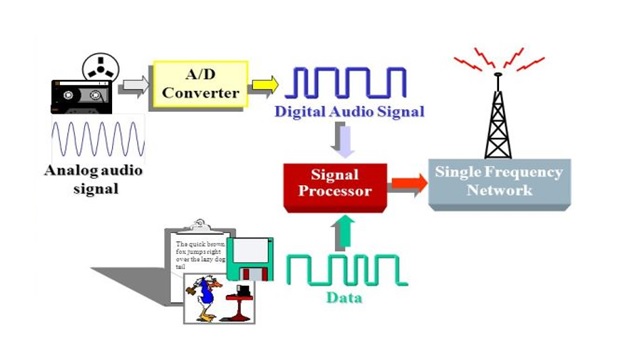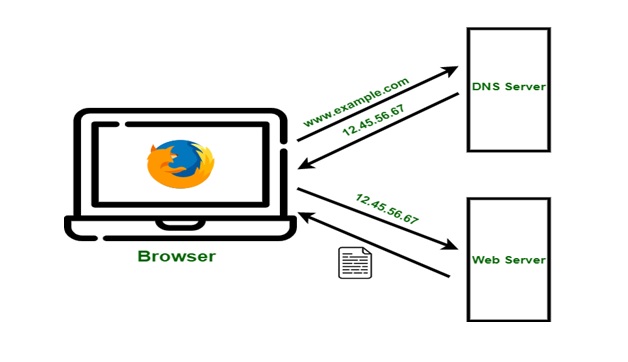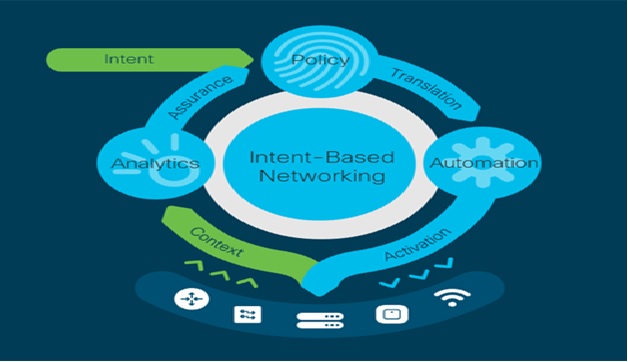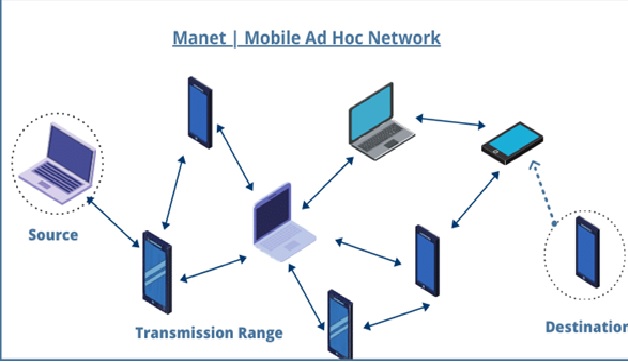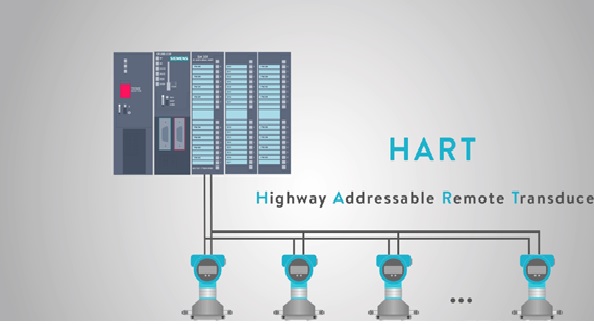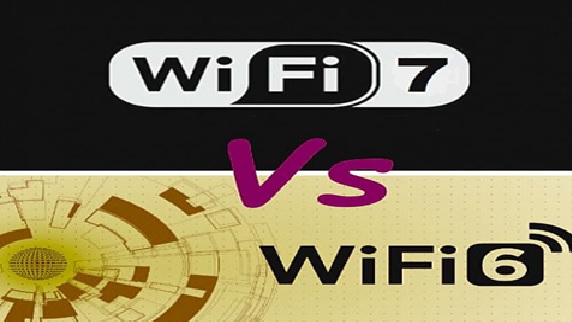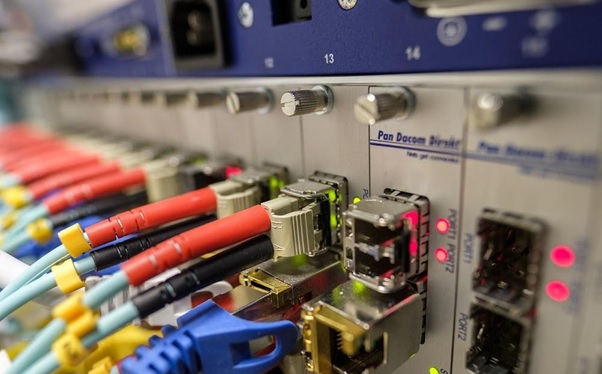Overview of Passive Optical Network
Bandwidth demands in both enterprise and residential broadband access networks have been increasing drastically primarily due to multimedia services, particularly those delivered over the Internet.
In recent years, passive optical networks (PONs) have developed into an attractive approach to deliver broadband services to a large number of subscribers, particularly in large campus and in multi-tenant residential and hospitality environments. [1]
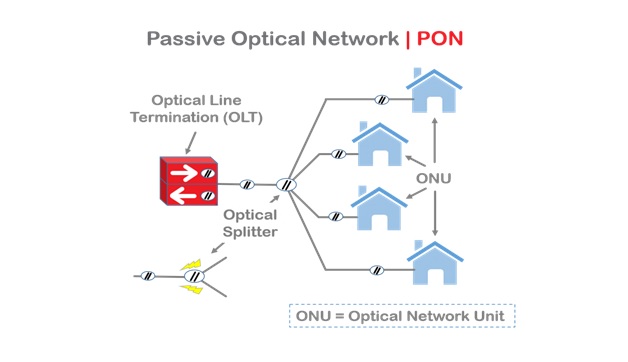
Figure 1. Overview of Passive Optical Network
Figure 1 shows in a PON network, a device called an optical line terminal (OLT) is placed at the head end of the network. A single fiber optic cable runs from the OLT to a nonpowered (passive) optical beam splitter, which multiplies the signal and relays it to many optical network terminals (ONTs). End-user devices such as PCs and telephones are connected to the ONTs.
Since the splitting function is a one-to-many broadcast of the same data stream, the ONTs are responsible for filtering packets meant for the various connected endpoint devices. Encryption ensures that each ONT reads only the contents addressed to the endpoints connected to it. [3]
Types of PON Network
Here are some types of PON that have been used throughout the years:
1) APON
Its full name is asynchronous transfer mode (ATM) passive optical network. As the original PON system, APON uses ATM technology to transfer data in packets or cells of a fixed size. In APON, downstream transmission is a continuous ATM stream at a bit rate of 155 Mbps or 622 Mbps. Upstream transmission is in the form of bursts of ATM cells at 155 Mbps.
2) BPON
BPON, also known as broadband PON, is the improved version of APON. It adopts wavelength division multiplexing (WDM) for downstream transmission with the transmission rate up to 622 Mbps. It also provides multiple broadband services such as ATM, Ethernet access and video distribution. Today, BPON is more popular than APON.
3) EPON
EPON or Ethernet PON uses the Ethernet packets instead of ATM cells. Upstream and downstream rates of EPON are able to achieve up to 10 Gbps. It is now widely applied to FTTP or FTTH architecture to serve multiple users. With the advantages of scalability, simplicity, multicast convenience and capability of providing full service access, many Asian areas adopt EPON for their networks.
4) GPON
Gigabit PON is the development of BPON. It supports various transmission rates with the same protocol. The maximum data rate of downstream is 2.5 Gbps and upstream is 1.25 Gbps. It is also widely used for FTTH networks. But compared with EPON, its burst sizes and physical layer overhead are smaller. [2]
References:
- https://www.fiberplusinc.com/passive-optical-network/
- https://medium.com/@ivyhtfuture/overview-of-pon-network-5babf2d5ac45
- https://www.cisco.com/c/en/us/products/switches/what-is-passive-optical-networking.html#~how-it-works
Cite this article:
Thanusri swetha J (2021), Overview of Passive Optical Network, AnaTechMaz, pp. 50




